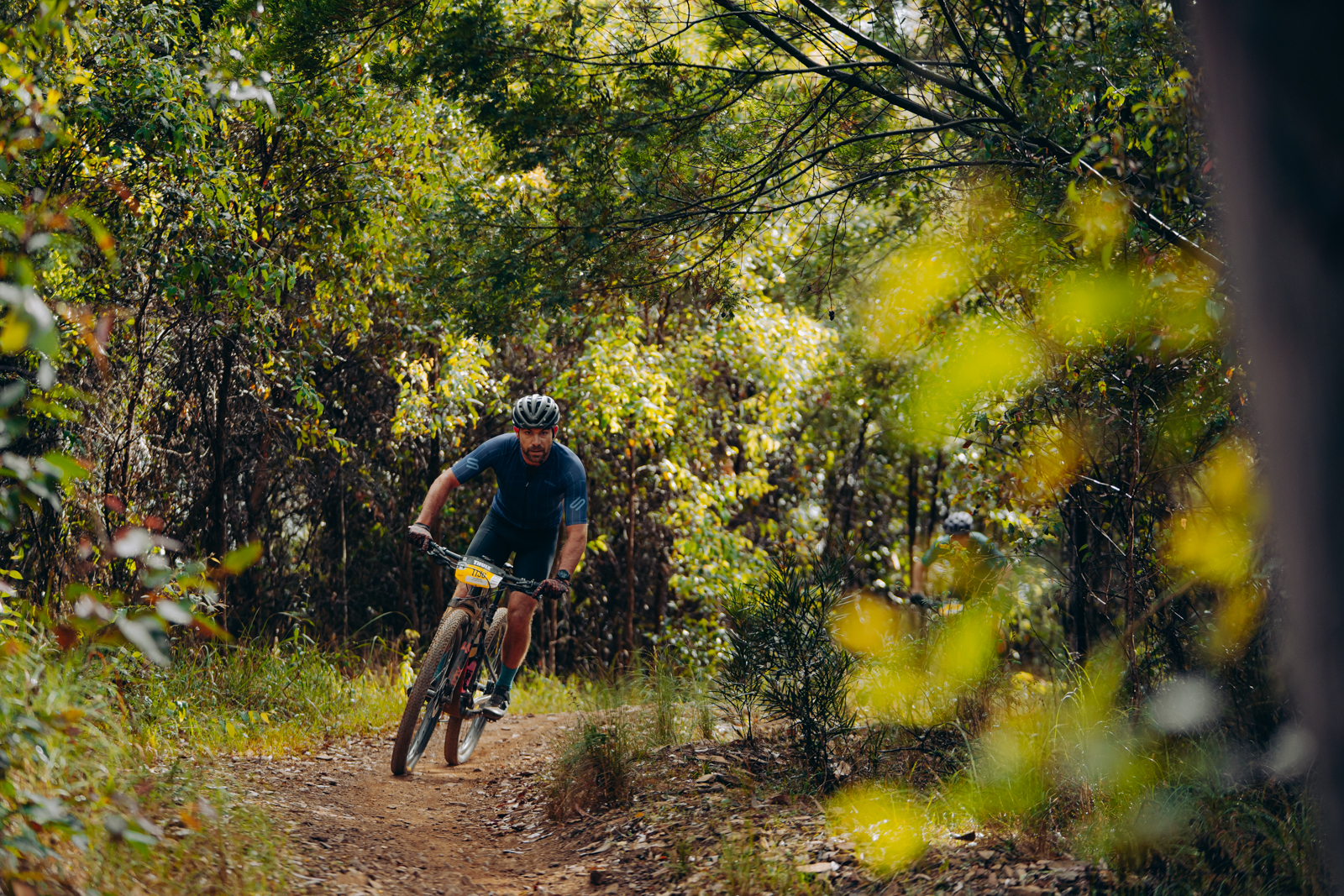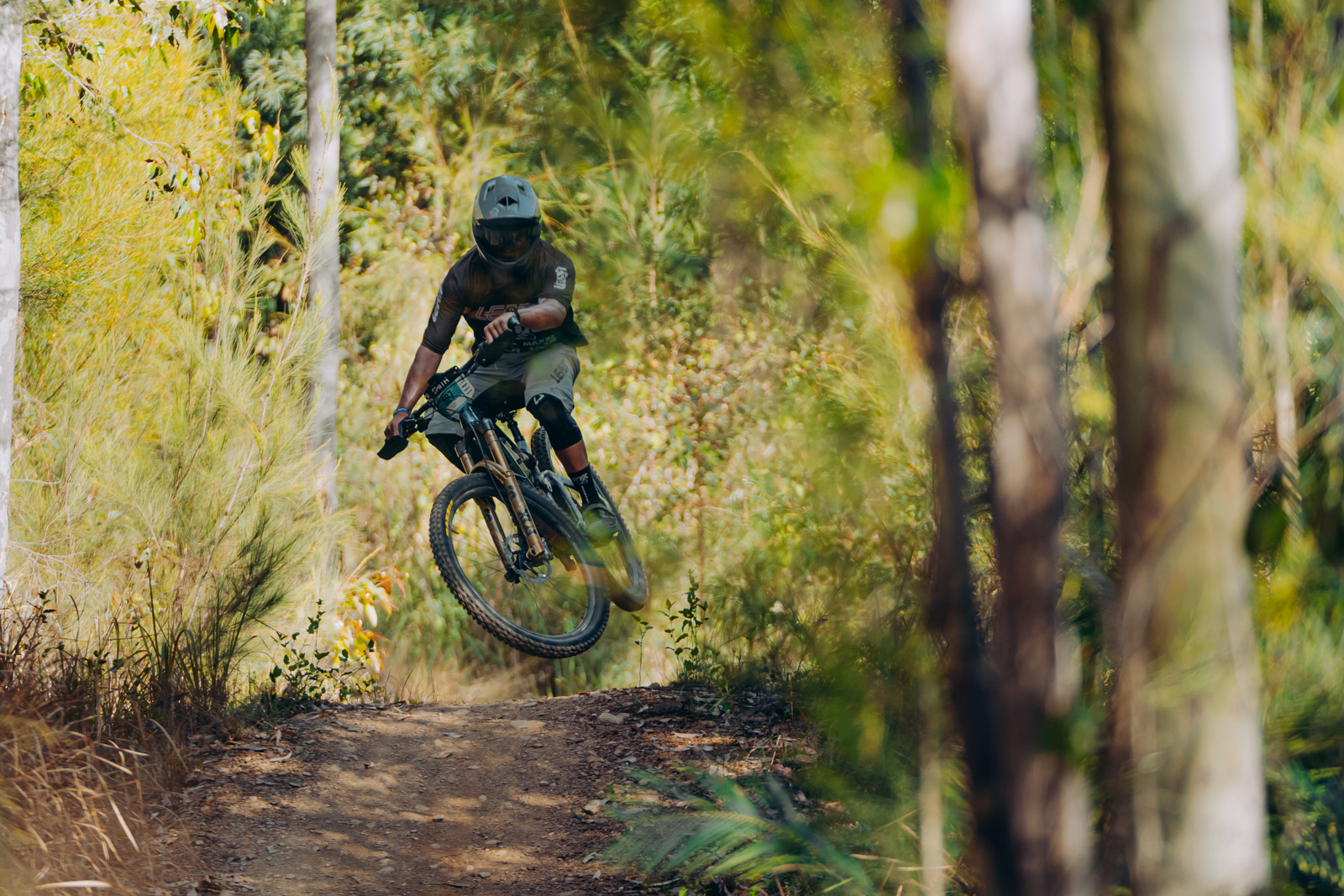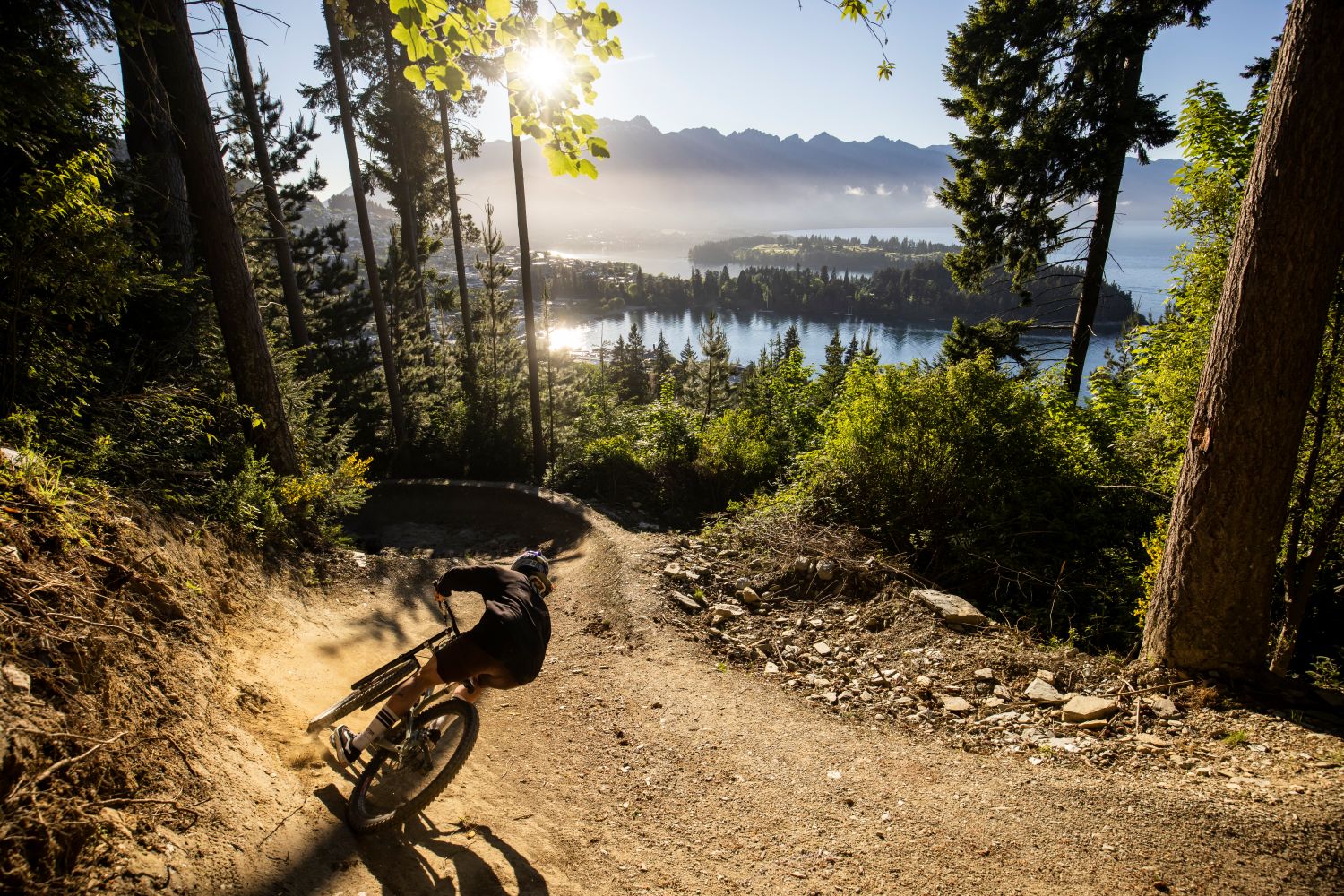We all joke about the notion of N+1, the tongue-in-cheek formula that says no matter how many bikes you own, there is always room for one more that does something slightly different from the one already hanging in your garage. While often used humorously, it does carry some truth, and I believe there is genuine value in owning more than one type of bike.
There are many arguments for why one bike can’t do it all. Different terrains, skill focuses, and even the technology and capabilities of various bikes all contribute to the idea that each type of bike serves a unique purpose. A lightweight hardtail might be perfect for cross-country riding or bike packing, but the average rider probably wouldn’t have the best experience on aggressive enduro descents with it. On the other hand, a full-suspension bike with significant travel might give you the confidence to attack technical descents, but climbing back up could feel like trying to pedal a squishy, Lazy-Boy recliner—comfortable, yes, but not efficient.
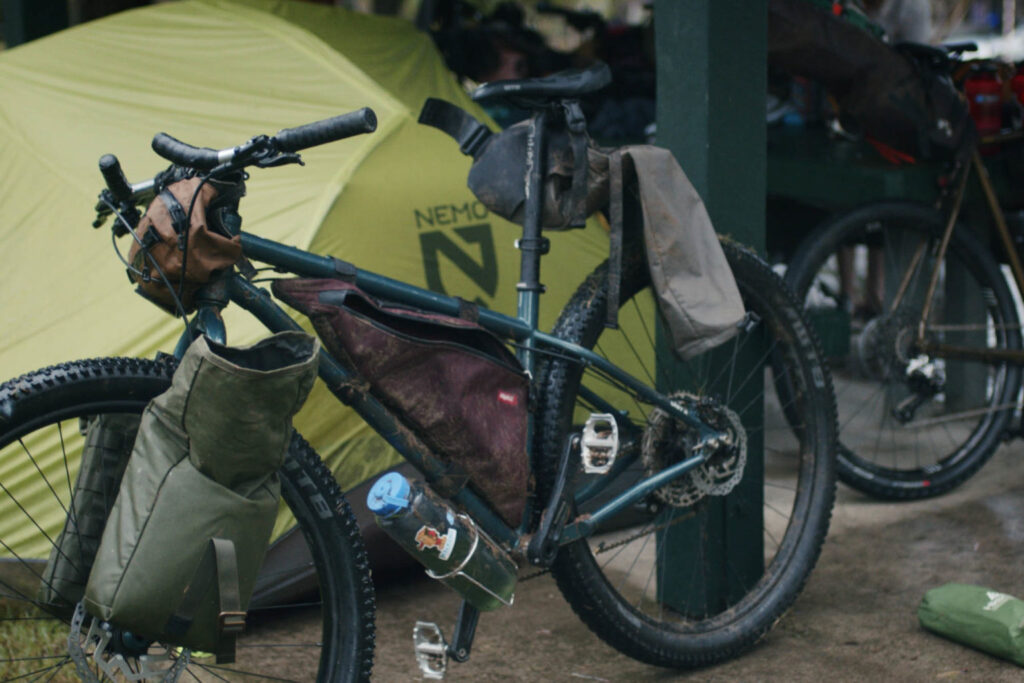
Mountain biking is a blanket term covering a wide range of disciplines, each with its own bike specialisation. You wouldn’t have to look far to see that even the best mountain bikers in the world don’t stick to just one type of bike for training. Whether they’re cross-country racers, downhill specialists, or trail riders, they all spend time on different bikes, which helps them develop a broader skill set.
Enjoying this feature? You’ll find plenty more like it, plus gear tests, interviews, and trail stories—in AMB Magazine. Subscribe here and don’t miss the next issue.
Cross-country bikes, for instance, are designed for building endurance and efficiency over long distances. They are lightweight and nimble, perfect for long climbs and flowing singletrack. However, put a cross-country bike in a downhill scenario, and it will likely feel out of its depth. That’s where downhill or enduro bikes come in—they’re built to handle steep, technical descents, with geometry and suspension designed for maximum control and stability. Gravel bikes are another example of specialisation; they offer a hybrid between mountain and road bikes, making them ideal for mixed terrain and long-distance adventure rides. However, they will always feel somewhat out of their depth on technical single trails. (Read more about gravel bikes vs hardtails here)
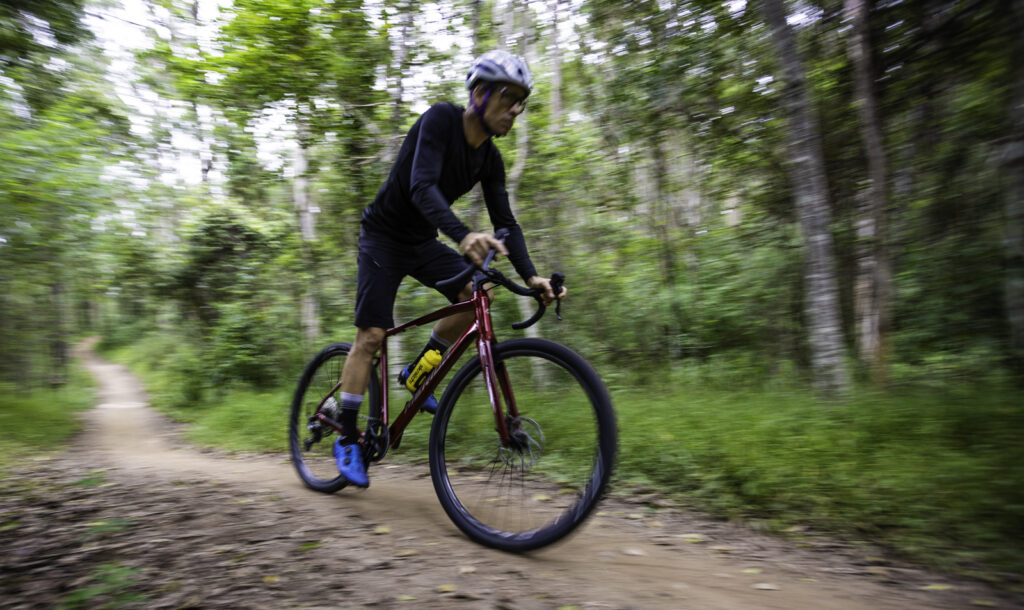
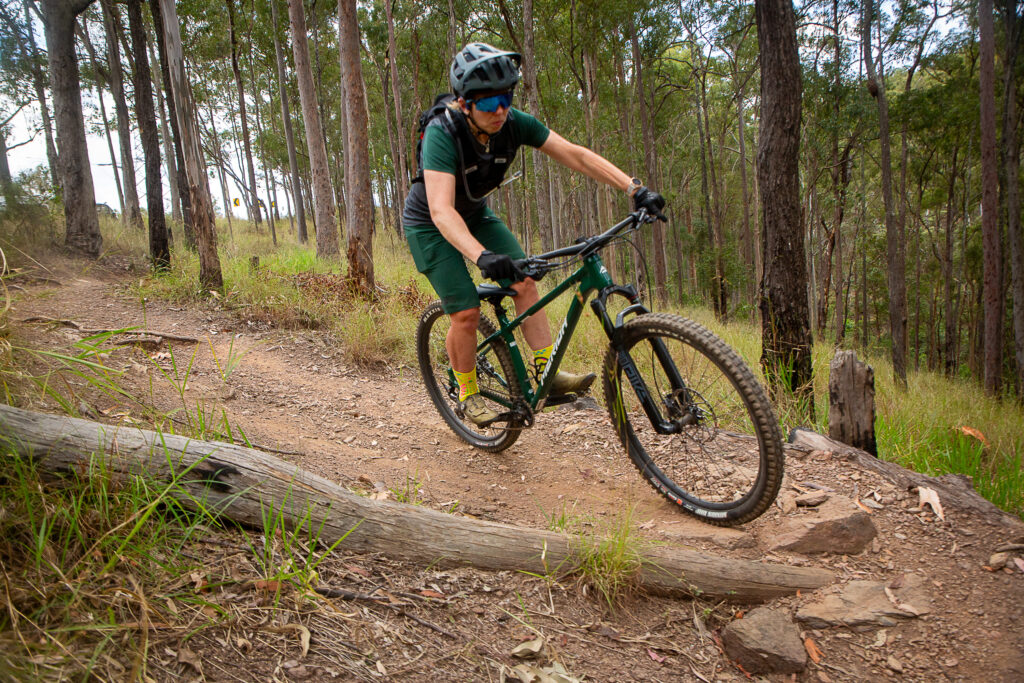
Then there’s the trail bike, which sits somewhere in the middle—a ‘jack of all trades’ that can handle a variety of terrain but may not be perfect for any one discipline. Trail bikes are great for riders who want versatility and don’t want to specialise too much in one particular riding style. They can climb decently well, descend with stability, and perform on a wide range of trails. However, the trade-off is that while they’re competent across the board, they might not excel as much as a bike specifically designed for cross-country or downhill riding. Read our choice of top 7 trail bikes under $4600.

In recent years, e-bikes have also become a significant player in the mountain biking world. E-bikes have surged in popularity because they make mountain biking more accessible to a wider range of riders. The pedal assist helps you tackle challenging climbs with less effort, allowing you to cover more ground and explore trails that might have been too difficult otherwise (read Max’s first E-bike riding impressions here). For experienced riders, e-bikes can extend their riding range and let them focus more on the technical aspects of descending without being overly fatigued from the climb.

With each discipline and bike type, there can still be an element of self-imposed stigma attached to each specialised bike. For instance, I recently stayed with a family whose husband insisted he couldn’t bring himself to buy an e-bike before he turned sixty, even though he struggled to maintain consistent fitness due to the demands of his corporate career. If he let go of that stigma, an e-bike could open up a whole new world of enjoyment for him—both physically and socially. The same goes for owning a cross-country bike: just because you ride one doesn’t mean you have to conform to the stereotype of wearing lycra or obsessing over Strava segments and weight savings.
For new riders, navigating the world of bike choices can be overwhelming. With so many different types of geometry, suspension, and materials available, figuring out the “perfect” bike for you can be daunting. Every bike shop will offer a slightly different opinion, and it’s easy to get caught up in decision fatigue as you try to make the “perfect” choice. But here’s some foresight: you’ll probably end up owning more than one bike.


